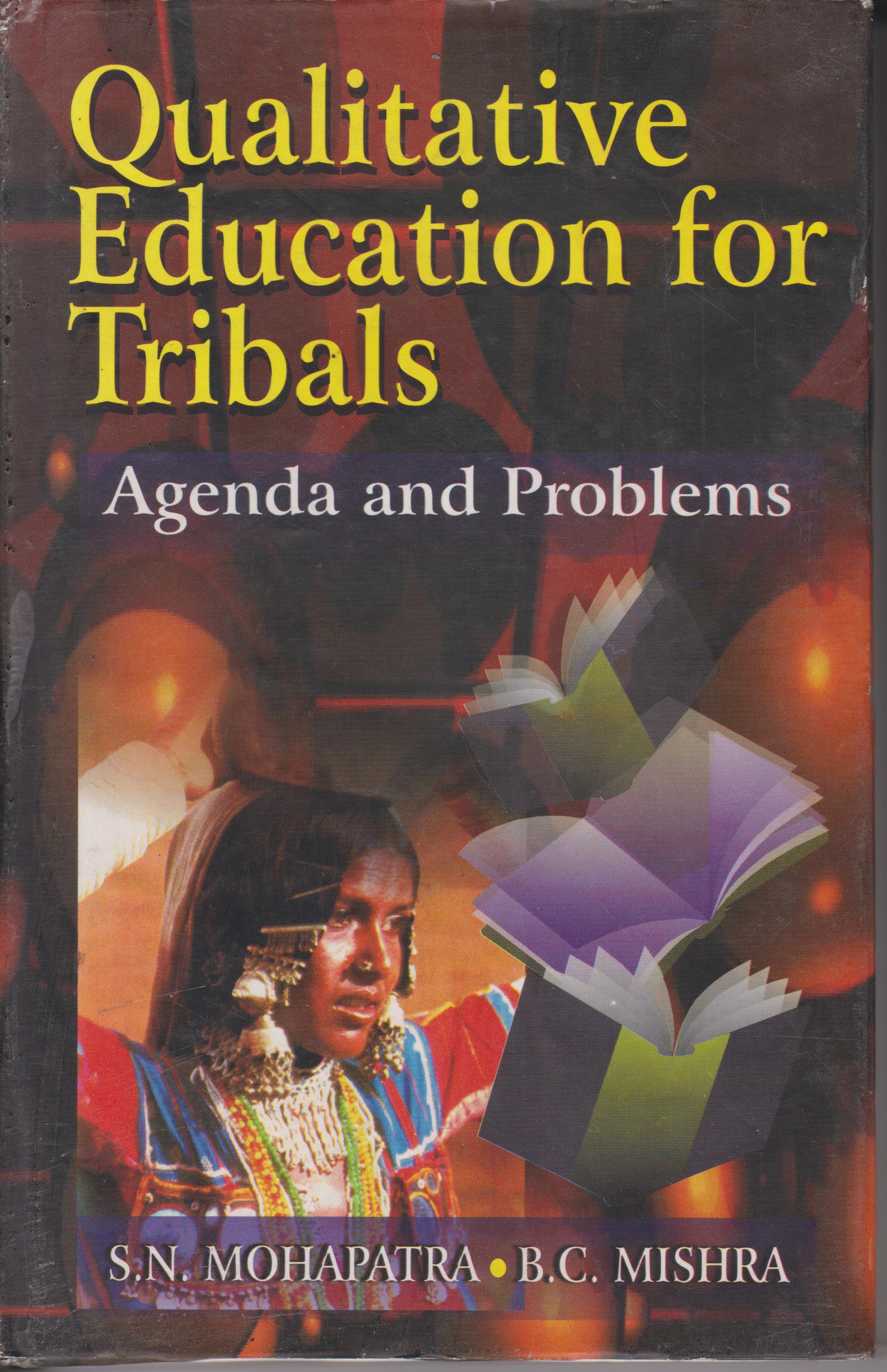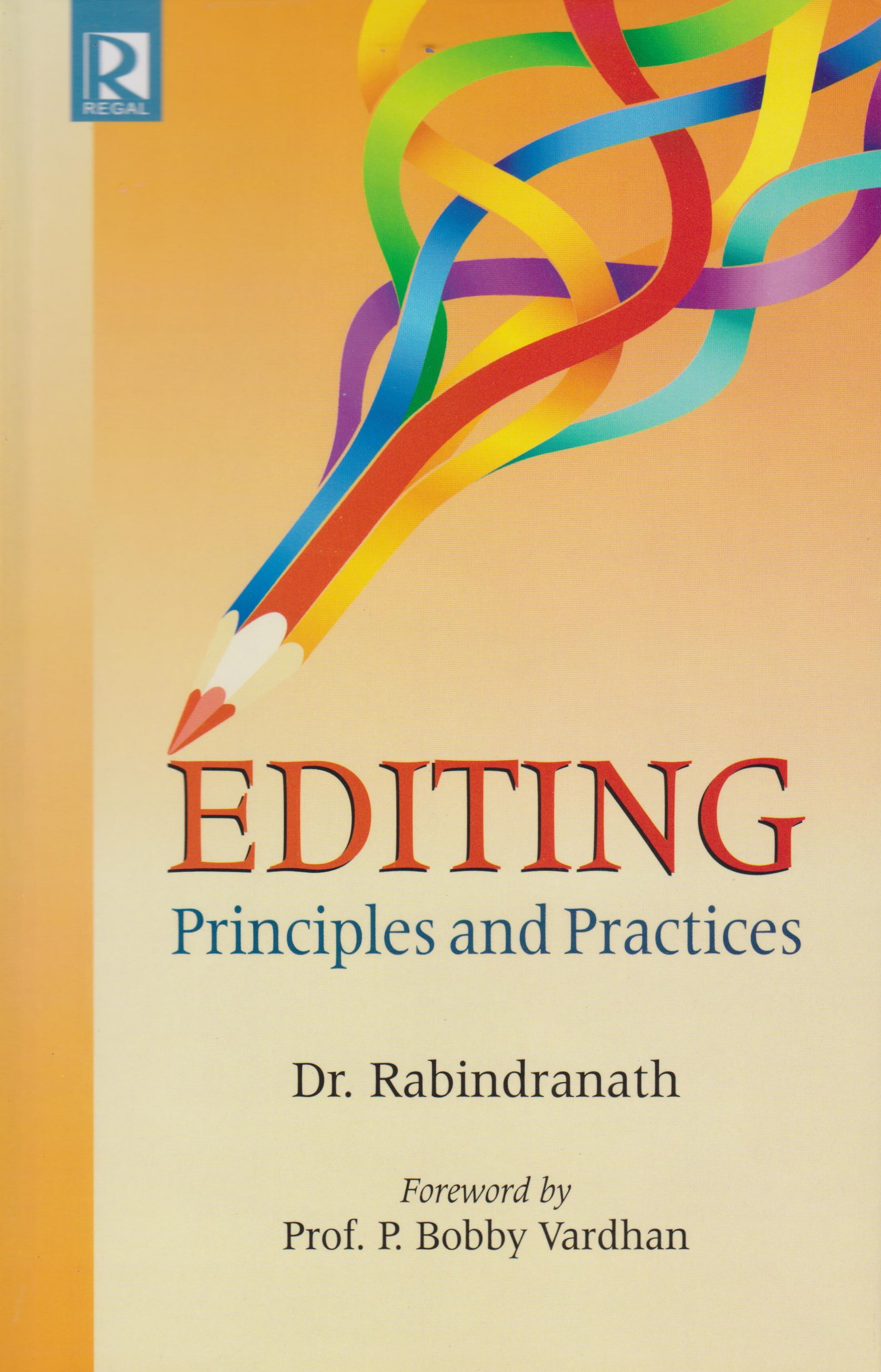Subtotal: ₹1,000
Qualitative Education for Tribals: Agenda and Problems (Hardcover)
B C Mishra, S N MohapatraOriginal price was: ₹369.₹294Current price is: ₹294.
“Qualitative Education for Tribals: Agenda and Problems” is an essential contribution to the discourse on tribal education. Mishra and Mohapatra’s comprehensive analysis, pragmatic recommendations, and commitment to social justice make this book a must-read for anyone interested in addressing educational disparities and empowering marginalized communities. By focusing on qualitative education and cultural inclusivity, the authors provide a roadmap for transformative change that respects and values tribal heritage. This book stands as a beacon of hope for realizing a future where all children, regardless of their background, have equal access to quality education.
5 in stock
Description
“Qualitative Education for Tribals: Agenda and Problems” is a groundbreaking work by B.C. Mishra and S.N. Mohapatra that delves into the challenges and potential solutions concerning the education of tribal communities. As the authors highlight, tribal populations often face marginalization and inadequate access to quality education, resulting in a vicious cycle of poverty and social exclusion. This book offers a comprehensive analysis of the agenda and problems surrounding the education of tribals, aiming to shed light on the need for qualitative education and to propose strategies for its implementation.
In this review, we will explore the book’s content, evaluate its strengths and weaknesses, analyze its key themes, discuss the writing style, and examine the author’s background and expertise. Additionally, we will consider public opinion regarding this influential work. By delving into these aspects, we aim to provide a comprehensive overview of “Qualitative Education for Tribals: Agenda and Problems.”
“Qualitative Education for Tribals: Agenda and Problems” serves as a vital resource for anyone interested in understanding the challenges faced by tribal communities in accessing quality education. The book begins by introducing the historical context and current realities of tribal education, highlighting the various social, cultural, and economic factors that contribute to the marginalization of these communities. It then proceeds to outline the agenda for qualitative education, emphasizing the importance of preserving tribal heritage, promoting inclusive curricula, and fostering community participation.
The authors explore the problems faced by tribals in accessing education, including geographic isolation, lack of infrastructure, scarcity of trained teachers, and language barriers. They offer in-depth analyses of these issues and propose pragmatic solutions, such as the establishment of residential schools, training programs for tribal teachers, and the development of culturally relevant teaching materials. Through comprehensive research and case studies, the book highlights successful initiatives and best practices from around the world.
“Qualitative Education for Tribals: Agenda and Problems” excels in its rigorous analysis and evaluation of the challenges faced by tribal communities. The authors provide a thorough examination of the socio-economic factors that perpetuate educational disparities among tribals. They also highlight the need for systemic changes, calling for policy reforms, allocation of resources, and targeted interventions to bridge the gap.
The book’s emphasis on qualitative education and its intersection with tribal heritage is particularly commendable. Mishra and Mohapatra recognize that a truly empowering education must incorporate cultural sensitivity and traditional knowledge, fostering a sense of identity and belonging among tribal students. By showcasing successful models of indigenous education, the authors inspire readers with tangible examples of how such an approach can lead to positive outcomes.
While the book’s analysis is comprehensive, it would have benefited from a more nuanced exploration of gender issues within tribal education. Although the authors touch upon gender disparities, further examination and concrete recommendations for addressing them would have enhanced the book’s scope.
In comparison to other publications on tribal education, “Qualitative Education for Tribals: Agenda and Problems” stands out for its holistic approach. While some books focus solely on policy recommendations or theoretical frameworks, Mishra and Mohapatra offer a balanced blend of research, analysis, and practical solutions. They navigate the complex terrain of tribal education by exploring the challenges from multiple perspectives, considering socio-cultural factors alongside educational policies.
At its core, “Qualitative Education for Tribals: Agenda and Problems” highlights the importance of recognizing and valuing the unique cultural heritage of tribal communities. The book elucidates the interconnectedness between education, identity, and empowerment, emphasizing that quality education should be inclusive, relevant, and respectful of tribal traditions. Throughout the text, the authors advocate for education that promotes self-determination, social cohesion, and economic mobility among tribals.
The overarching themes of the book revolve around social justice, equity, and inclusivity. Mishra and Mohapatra make a compelling case for the transformative power of education, arguing that it is not merely a means to acquire skills, but a catalyst for socio-economic development and the preservation of indigenous cultures. The authors challenge prevailing notions of education as a one-size-fits-all solution and propose an approach that recognizes and embraces diversity.
As an academic work, “Qualitative Education for Tribals: Agenda and Problems” does not revolve around characters in the traditional sense. However, the book does feature case studies and profiles of individuals and organizations that have made significant contributions to tribal education. These real-life stories add depth and personalization to the subject matter, allowing readers to connect with the experiences and challenges faced by tribal communities.
About the Authors:
B.C. Mishra and S.N. Mohapatra, the co-authors of “Qualitative Education for Tribals: Agenda and Problems,” bring extensive expertise and experience to their exploration of tribal education. Mishra, a renowned educationist, has dedicated his career to advocating for quality education for marginalized communities. Mohapatra, a respected sociologist, has conducted extensive research on tribal issues. Together, their combined knowledge and passion for social justice shine through in this seminal work.
The writing style of “Qualitative Education for Tribals: Agenda and Problems” is scholarly yet accessible. The authors present complex ideas in a clear and organized manner, making them suitable for both academic readers and those interested in tribal education from a practical standpoint. The inclusion of real-world examples, statistical data, and case studies enhances the readability and authenticity of the book. Additionally, the authors’ empathetic tone and commitment to the cause of tribal education make the text engaging and inspiring.
What People Say About This Book:
“Qualitative Education for Tribals: Agenda and Problems” has garnered significant praise from scholars, educators, and policymakers alike. It has been hailed as a seminal work that brings much-needed attention to the educational challenges faced by tribal communities. Many readers appreciate the book’s comprehensive analysis and its pragmatic approach to addressing these challenges. The emphasis on qualitative education, cultural sensitivity, and community involvement has struck a chord with those working in the field.
The strengths of “Qualitative Education for Tribals: Agenda and Problems” lie in its comprehensive analysis of the challenges faced by tribal communities, its emphasis on qualitative education, and its incorporation of real-world case studies and best practices. The book presents a well-researched and persuasive argument for the need to provide equitable and culturally relevant education to tribals. It serves as a valuable resource for policymakers, educators, and researchers working in the field of tribal education.

 Fundamental Duties: A Touchstone of Constitutional Mirror
Fundamental Duties: A Touchstone of Constitutional Mirror 








Reviews
There are no reviews yet.